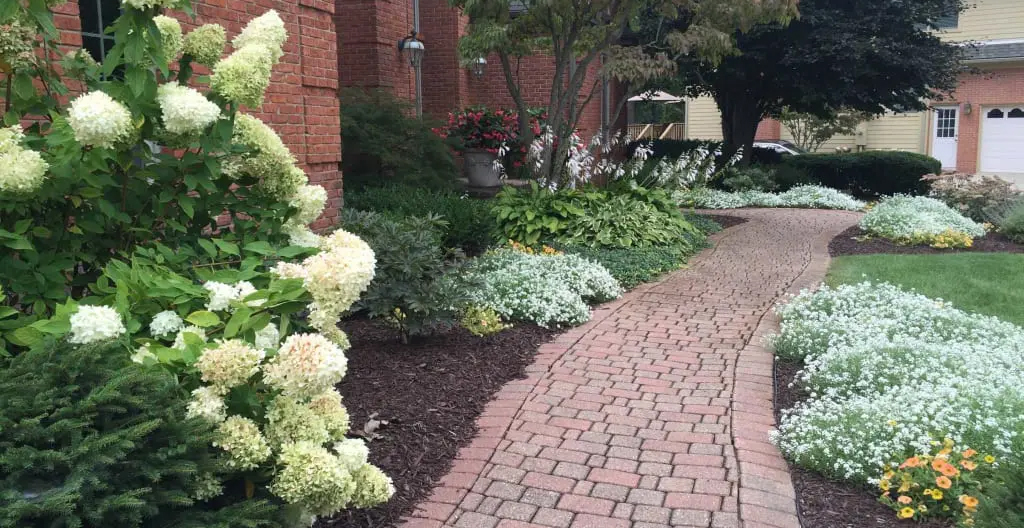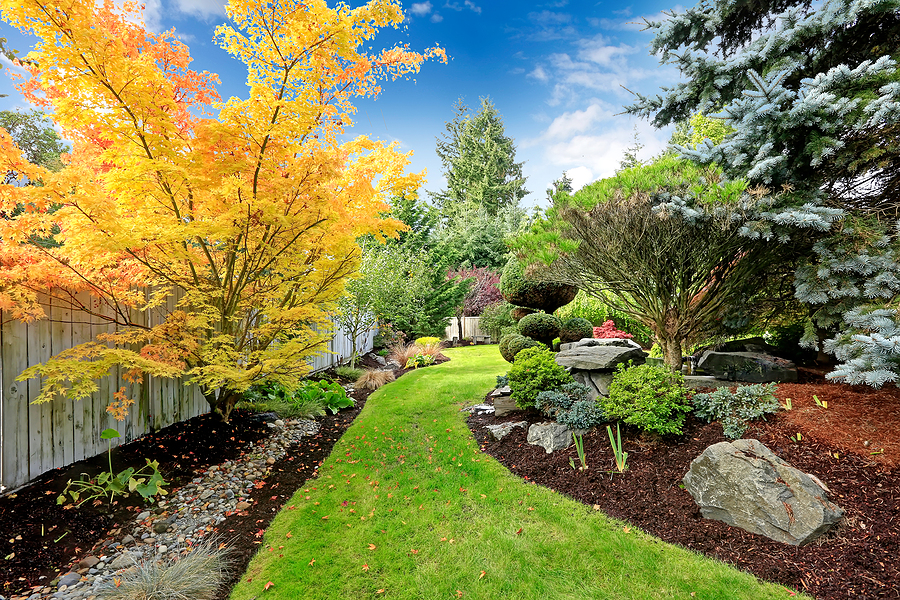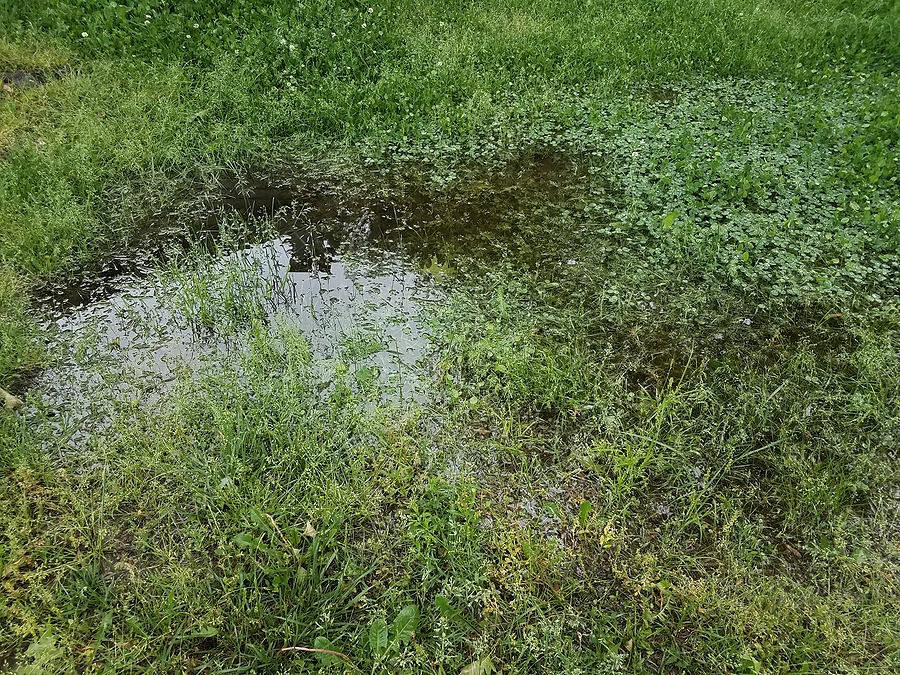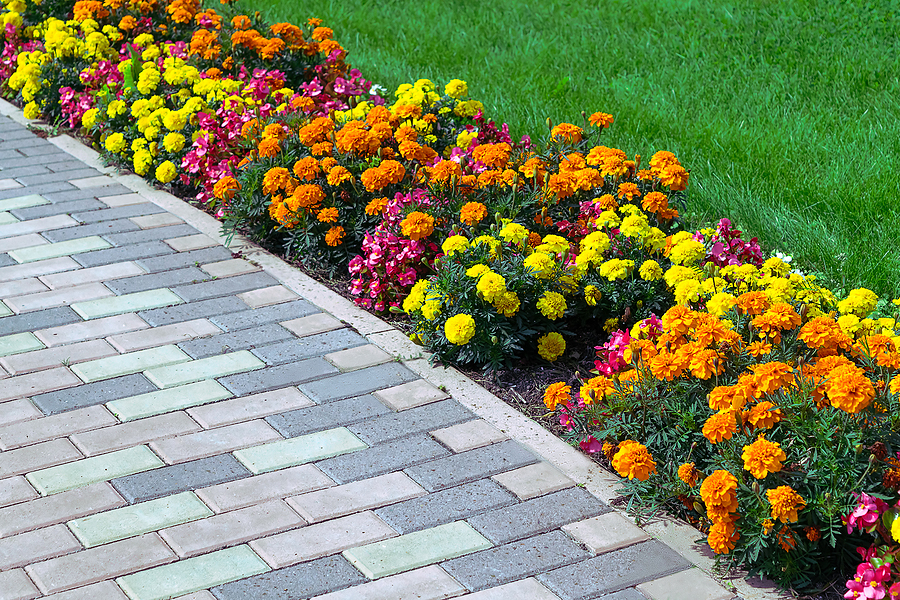Blueberry Plants
June 9, 2014
Blueberry Plants – Botanical name: Vaccinium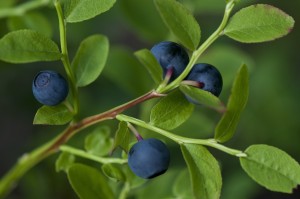
The modern blueberry is a 20th century invention. Before the 1900s, the only way to enjoy these North American natives was to find them in the wild. Then, scientists started to unlock the secrets of cultivating blueberries, and we’re glad they did! Plump, juicy berries are now easy to grow in your backyard on bushes that are resistant to most pests and diseases, and can produce for up to 20 years. A relative of rhododendron and azalea, blueberry bushes are also an attractive addition to your overall landscape, offering scarlet fall foliage and creamy white spring flowers.
There are three types of blueberries: highbush, lowbush and hybrid half-high. The most commonly planted blueberry is the highbush. Most blueberry breeding has focused on this species, so there are many varieties that range widely in cold hardiness and fruit season, size, and flavor.
Planting
- Blueberries are picky about soil. They require one that is acidic, high in organic matter, and well-drained yet moist. pH should ideally be between 4 and 5.
- Bushes should be planted in the early spring. If available, one to three-year-old plants are a good choice. Be sure to go to a reputable nursery.
- Dig holes about 20 inches deep and 18 inches wide.
- Space bushes about 5 feet apart.
- Apply fertilizer one month after planting, not at time of planting.
Care
- Mulch to keep shallow blueberry root systems moist, which is essential. Apply a 2-4 inch layer of woodchips, saw dust or pine needles after planting.
- Supply one to two inches of water per week.
- For the first four years after planting, there is no need to prune blueberry bushes. From then on, pruning is needed to stimulate growth of the new shoots that will bear fruit the following season.
- Drape netting over ripening blueberries, so that the birds won’t make away with the entire crop.
- Prune plants in late winter, preferably just before growth begins.
- On highbush varieties, begin with large cuts, removing wood that is more than six years old, drooping to the ground, or crowding the center of the bush. Also remove low-growing branches whose fruit will touch the ground, as well as spindly twigs.
- Prune lowbush blueberries by cutting all stems to ground level. Pruned plants will not bear the season following pruning, so prune a different half of a planting every two years (or a different third of a planting every three years).
- Do not allow the bush to produce fruit for the first couple of years. Pinch back blossoms, this will help to stimulate growth.
